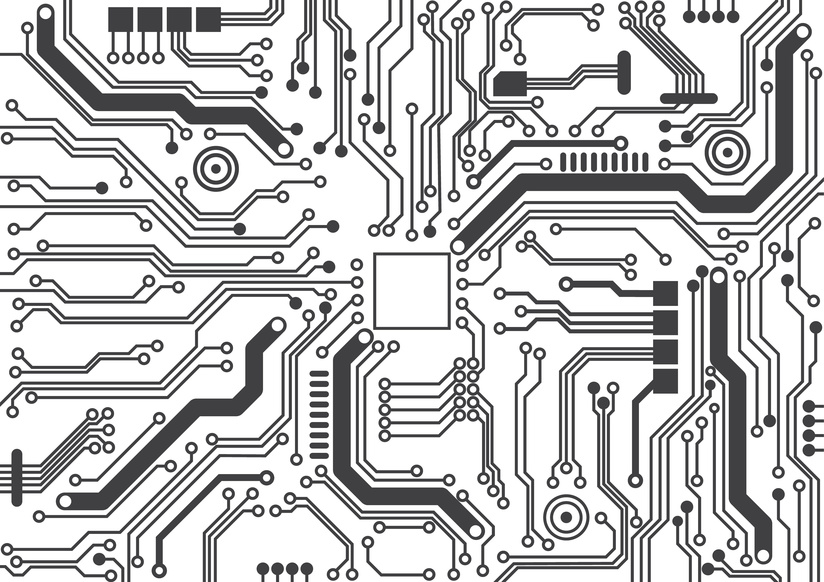
When electronic products were first developed, they were bulky and basically unmanageable. The idea of selling them to every day people or that they would one day be in homes all over the globe was not even considered because it was not anywhere near possible, much less probable. The printed circuit board (PCB) changed all of that. It is not an overstatement to say that prototype PCB manufacturing revolutionized the electronics industry. All of the devices we have all come to love and need were made possible by prototype PCB manufacturing.
Paul Eisner changed the world in 1936. He was an engineer in Austria. He developed the prototype PCB while he was working on a radio. He probably did not know how he was about to revolutionize one industry and that his invention would one day change the way people communicate and live their lives. The United States military saw the value in his invention and in 1943 started using it in their war efforts to defeat the Nazis. After World War II ended, all prototype PCB manufacturing would be for commercial purposes. During the 1950s the prototype PCB manufacturing process was automated and things really got going for the electronics industry.
Around that same time, more and more companies needed smaller circuit boards. They demanded they be smaller and more compact. New appliances were being developed and they required better prototype printed circuit boards. The prototype PCB assembly process had to be streamlined to accommodate these new products and designs. This is when the electrical paths began to be printed directly on the circuit boards. A stencil was used for this purpose and this is how electrically conductive in inks were applied to the boards. This was named a printed circuit or a printed wiring system.
Single sided PCBs were the all the rage in the 1950s and into the 1960s. Technical advancements in the late 1960s and the beginning part of the 1970s added plating the process. Holes would be drilled into the board allowing engineers to link components on either side of the board and double sided boards were born.
The process advanced even further in the 1980s when engineers developed multi-layer boards where multiple boards were placed on top of each other. This is a more complex and diverse process. The boards used in this process are all single sided but by layering them, more versatility is included. This process was developed specifically to work with the computers of the day. Because these are a bit more complicated, this process began the more towards smaller and smaller boards leading the way to our current devices. These boards are more functional and cheaper to produce.
How Are Prototype PCBs Made?
There are two ways the components of a PCB are attached to the circuit board during the PCB manufacturing process. You have the “Through Hole Technology” and “Surface Mount Technology.” The former uses tiny wires or leads to connect the components. These leads are fed through holes in the substrate. Gravity keeps them in place until they are attached with soldering. The latter has J or L shaped protrusions on the components that keep them in contact directly with the circuit. These are kept in place with glue or a paste until they are permanently soldered in place. This process is a more complicated. It takes more attention to detail and effort but you do not have to drill anything so some of the labor is eliminated. Today’s prototype PCB manufacturing process uses both methods.
Next, the conducting material is added. This is the printing part of the prototype PCB manufacturing process. After the conducting material is added, the circuits can be formed. Typically, the substrate used in this is a glass fiber. A copper foil is bonded to either one or both sides of the circuit board. The copper is coated in tin. This prevents the copper from rusting. This is very important to keeping the PCBs working in all the devices where they are needed.
The PCB manufacturing process has come a long way since 1936. It has revolutionized an industry but more importantly, it has changed the way we communicate and look at the world.
